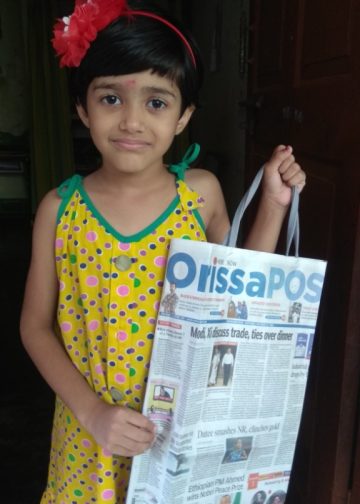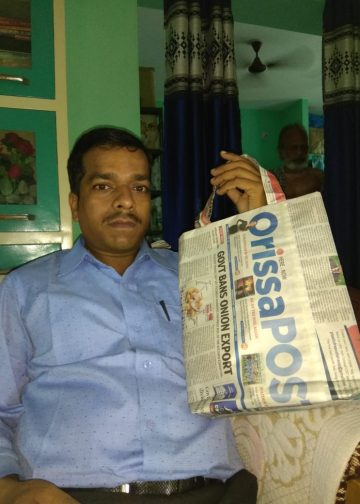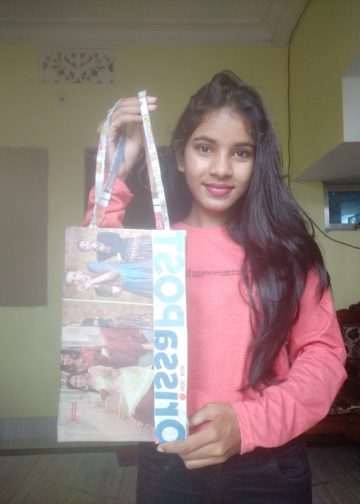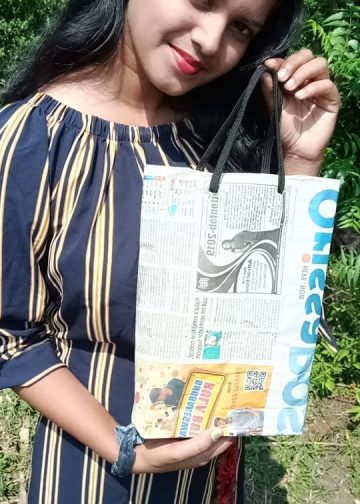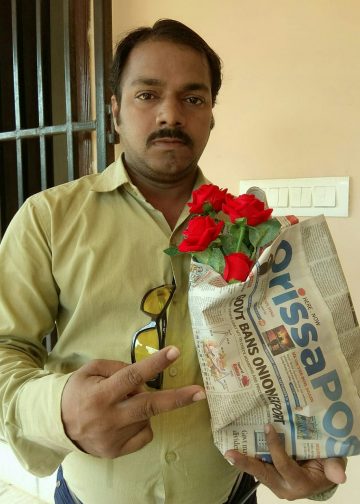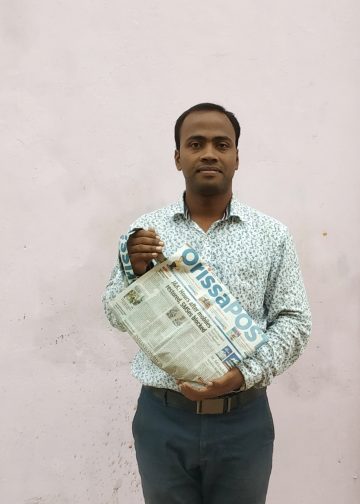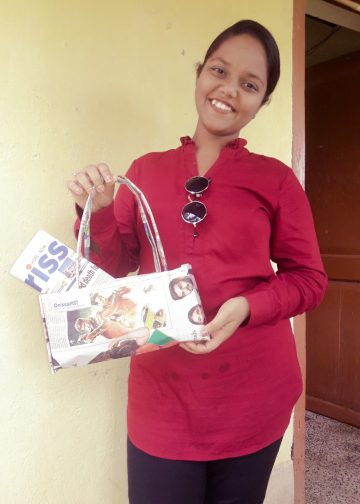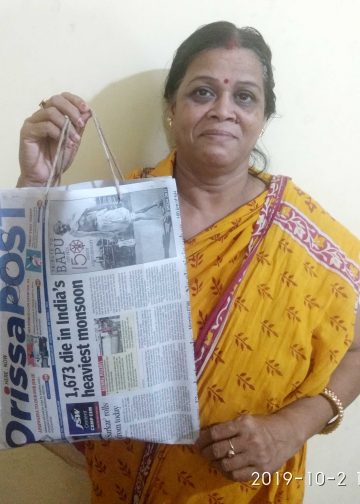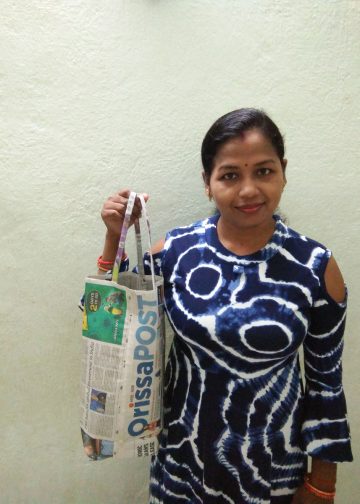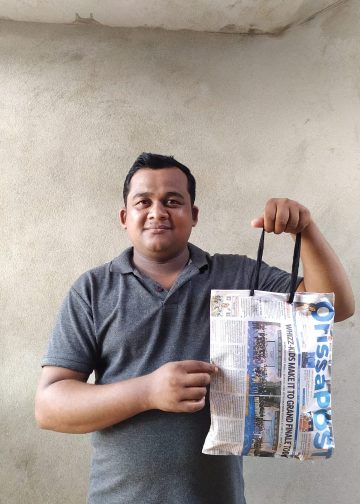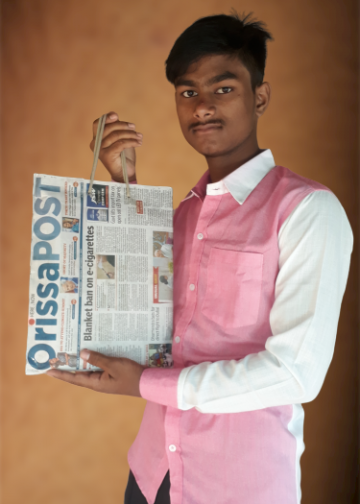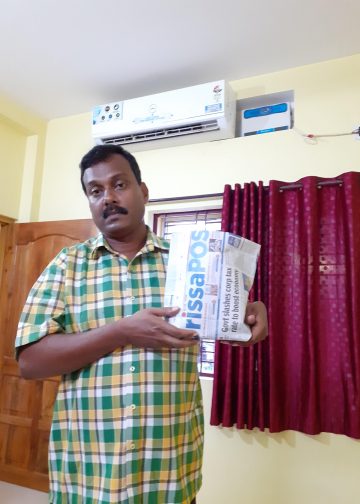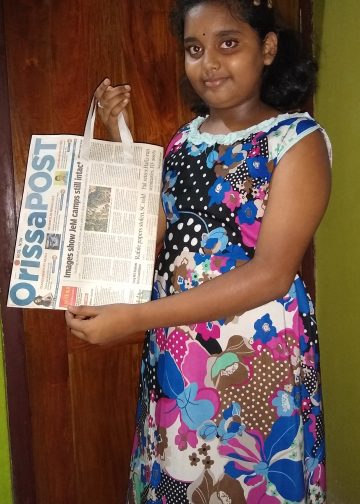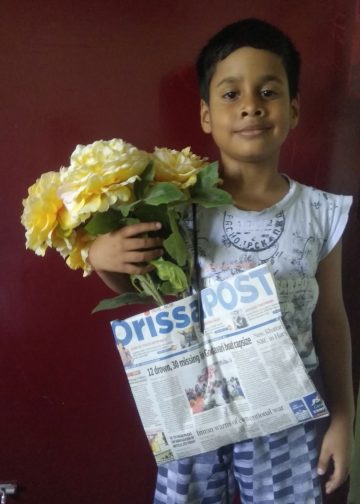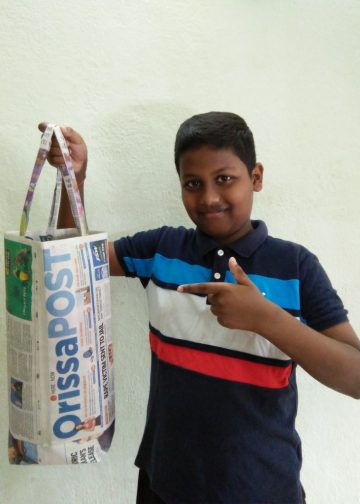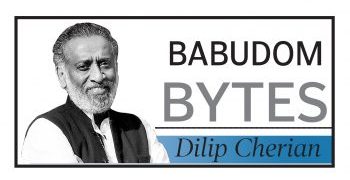Manish Kumar
Post News Network
Bhubaneswar, June 23: The recent incident of a visually-impaired student NL Beno Zephine clearing the prestigious Union Public Service Commission (UPSC) examinations has inspired hundreds of such students aspiring to make the cut.
With the advent of technology and increased penetration of internet, the path to success for many visually impaired students has become less painstaking. The increase in accessibility to reading material for such students is infusing a hitherto unknown confidence in them that they too can meet with success.
Experts say the availability of several mobile apps and software has made it easier for visually-challenged students to study a range of books, something that was a distant reality for them up till now due to a confined range of Braille books.
“There is a wide range of software available in the market to cater to the needs of visually-impaired students. Software like Non-Visual Display Access (NVDA) and others help such students in reading all the text that appears on the screen. Through the software, they can easily read and access the huge repository of knowledge that is available on the internet,” says Mrutunjay Kumar, member of All-India Association of the Visually-Challenged.
Experts and users say new software like NVDA, Jaws and others has resulted in an immense the lives of disable students much easier. “I have installed NVDA on my laptop which helps me tremendously in using the internet. Like any other person, I too use social networking sites, chat with friends online, read newspapers online and do online research whenever I feel like. The software has really helped me in accessing information which until now was out of reach for me,” says Soubhagya Routray, a 24-year-old MA (History) student from IGNOU.
Nevertheless, several mobile applications available through smartphones have made these students’ work much simpler. Besides making it easier for them to read from the screen, many other technological interventions are making it much easier for them to study online.
Sulata Behera (26), a banking examination aspirant says, “There are numerous apps available online to help people like us. We just need to know about them. There are apps like Ariadne GPS for guiding visually-impaired people to their destination. Another app called ColorID helps in identifying colours of objects when the camera focuses on it, and a LookTel money reader app which helps the visually-challenged in counting currency notes of different denomination.”
Experts working in the field of disability say technology has revolutionised the era and is aiding the needy in the right way. Talking to Orissa POST, Ram Kishore Sharma, assistant director of the Vocational Rehabilitation Centre for the Handicapped, said: “There are numerous technological interventions that have been aiding visually-challenged students. Many are aware of these and are using it in large numbers, but there are still a lot of people who are yet to be aware of it. Many of the visually-challenged students are using apps and software to read various textbooks of different levels. Software like Jaws has made it very easy for them to venture into the repository of knowledge available online.”
Government agencies too have taken a few initiatives in the past few months to make sure the gap between accessibility and disability is narrowed down. The state government a few months ago distributed around 100 laptops to visually-challenged students undergoing higher education with pre-installed screen-reading software to facilitate a smooth study experience.
Moreover, Orissa Computer Application Centre, which has been managing several government department websites, has installed several screen reading tools to ensure that visually-impaired people can easily access details available on
these sites.






